
Most of us start mountain biking because it’s fun. Hitting the trail is a satisfying way to get outside, hang with friends, challenge your mind, and of course, there’s beer. The list goes on, and we love it. But aside from these more obvious advantages there exists a major internal benefit–it’s good for your heart.
Heart disease (CVD) is the number one cause of death in the US. According to an analysis conducted by the World Health Organization, we are the only modernized industrial country to make the “Top 10” list when comparing ALL countries who list this chronic disease as numero uno.
More importantly, it doesn’t matter what type of mountain biking you do or how well you do it. Spending time on the bike TODAY, and making it a habitual part of your lifestyle, can save the expense of cardiac stents, angioplasties, and coronary bypasses later in life. You’re really doing something good to promote health and longevity on the inside, every. Time. You. Ride.
Check it out!
Mountain Biking Increases Longevity
Regular aerobic exercise activates several genes responsible for creating beneficial antioxidants within your muscle cells. The cool thing about this? Because your heart is pumping faster and with more force as you ride, antioxidant levels are increased in the myocardium (heart muscle), too.
A study conducted in 2008 found that repeated muscular contraction from non-exhaustive exercise ultimately leads to protection from future free-radical damage, as well as reduces the onset of fatigue. How does this work?
When you ride, your muscle cells produce metabolic byproducts called reactive oxygen species (ROS, aka, “free radicals”). Known primarily for their role in stimulating the onset of several age-related diseases through cellular destruction, ROS generated in modest amounts via non-exhaustive exercise can actually provide a physiological benefit. They act as a signal for your body to adapt to the stresses of exercise, turning on a cascade of genes and proteins that lead to the production of antioxidants like glutathione peroxidase, SOD and ALA.
Endogenously-generated antioxidants protect against natural “symptoms” of aging, such as insulin resistance, age-related cancers, chronic inflammation and, or course… cardiovascular disease. Pretty rad(ical).
Mountain Biking Lowers Blood Pressure
I have been lucky enough to work in a lab alongside some predominant researchers in the cardiovascular physiology arena. Two of these gentlemen, Drs. Siddhartha Angadi and Glenn Gaesser of Arizona State University, have looked at the effects of both continuous and fractionalized exercise (i.e. one 60 min session vs. three 20 minute sessions in a day) on lowering blood pressure.
Something awesome? It doesn’t matter if you ride for 2 hours or 20 minutes–positive effects on blood pressure are still reaped. According to research conducted by Angadi in 2010, systolic blood pressure will decrease anywhere between 7-14 mmHg after exercising. This beneficial drop is seen in as little as 5 minutes into recovery, and may also persist for up to 22 hours.
“Even if the average SBP reduction was just 5 mmHg, if achieved daily, it could potentially reduce stroke incidence by 14%, cardiovascular mortality by 9%, and overall mortality by 7%.” Super rad!

Mountain Biking Promotes Vascular Health
People that ride regularly have a lower risk for developing atherosclerosis (plaque in the arterial walls). Exercise promotes beneficial vascular remodeling in response to several signaling molecules, one of them being nitric oxide (NO).
When blood flow velocity increases during a ride, the sheer stress created along the interior vascular wall stimulates the release of NO, a potent vasodilator and indicator of overall vascular health. NO allows for an increase in microcirculation within exercising muscles (the legs), as well as within the heart’s coronary arteries.
According to a RFL (really f’ing long) article published in Circulation (the creme de la creme of cardiovascular research journals), the production of NO leads to a number of positive outcomes: vascular remodeling (decreased stiffness), decreased inflammation, and protection against systemic oxidative stress.
Because you choose to shred dirt, your overall potential for a heart attack or stroke is lower. #winning

Mountain Biking Strengthens Your Heart
Both endurance training and high-intensity intervals promote myocardial hypertrophy… meaning, your heart muscle adapts and grows stronger the more you ride, just like any other muscle in your body. It also increases the amount of time your heart is allowed to fill with blood between beats (diastole), as well as ventricular capacity (synonymous to stretching your hamstrings).
In return, your heart can pump out more blood with each beat (this is referred to as an increase in stroke volume), and contract fewer times to do the same amount of work. Not only are you building cardiovascular strength, but this response is preventative medicine against heart failure. You can now sleep peacefully at night knowing you’ll have a lower resting heart rate when you wake up in the morning. How’s that for sweet dreaming?

Mountain Biking Protects the Heart Muscle
Riding your bike has a cardioprotective affect, decreasing your overall risk for cardiac arrest and ischemic injury in response to vigorous, high-intensity exercise. Yes, this is super serious and not likely to happen, but good to know, especially if your family has a history of heart disease or heart attacks.
How does this work? Regular aerobic exercise increases the number of ATP-sensitive potassium channels (KATP) in your myocardium. These channels assist in regulating the heart’s energy expenditure. The more channels, the less energy the heart needs to use with each contraction. The adaptation also prolongs the rest period between beats (called diastole), allowing for a greater amount of fuel replenishment.
This valuable effect of exercise is predominantly seen in men (women have an overall great number of channels to start with–sorry dudes!). However, it is still beneficial for both sexes.
Mountain Biking Increases Happiness
There is a lot of legitimate science supporting this concept. The more you ride, the happier you feel, physically and mentally. But, most importantly, mountain bikers ride with a lot of heart. We are a pretty happy group of people. Science doesn’t need to tell us that 🙂

[see_also id=”200091″][/see_also]
References:
Angadi, S., Weltman, A., Watson-Winfield, D., Weltman, J., Frick, K., Patrie, J., & Gaesser, G. (2010). Effect of fractionized vs continuous, single-session exercise on blood pressure in adults. Journal of human hypertension, 24(4), 300-302.
Dai, D. F., Chiao, Y. A., Marcinek, D. J., Szeto, H. H., & Rabinovitch, P. S. (2014). Mitochondrial oxidative stress in aging and healthspan. Longevity & healthspan, 3(1), 1.
Gomez-Cabrera, M. C., Domenech, E., & Viña, J. (2008). Moderate exercise is an antioxidant: upregulation of antioxidant genes by training. Free Radical Biology and Medicine, 44(2), 126-131.
Lavie, C. J., Arena, R., Swift, D. L., Johannsen, N. M., Sui, X., Lee, D. C., … & Blair, S. N. (2015). Exercise and the Cardiovascular System Clinical Science and Cardiovascular Outcomes. Circulation research, 117(2), 207-219.
Slemmer, J. E., Shacka, J. J., Sweeney, M. I., & Weber, J. T. (2008). Antioxidants and free radical scavengers for the treatment of stroke, traumatic brain injury and aging. Current medicinal chemistry, 15(4), 404-414.
Zingman, L. V., Zhu, Z., Sierra, A., Stepniak, E., Burnett, C. M. L., Maksymov, G., … & Hodgson-Zingman, D. M. (2011). Exercise-induced expression of cardiac ATP-sensitive potassium channels promotes action potential shortening and energy conservation. Journal of molecular and cellular cardiology, 51(1), 72-81.



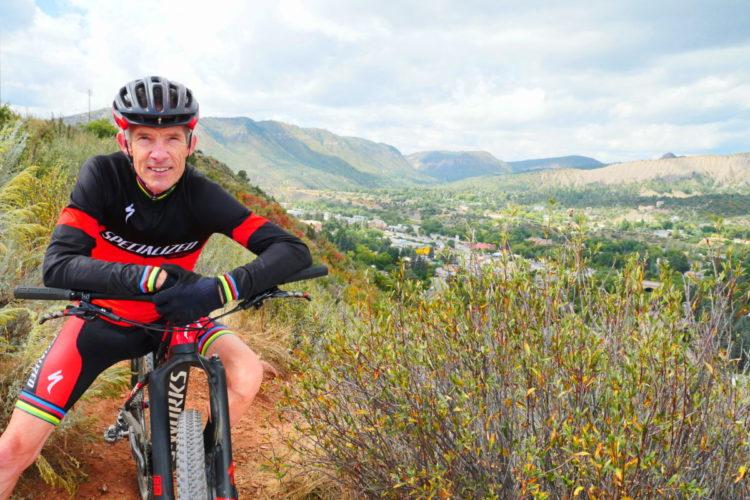

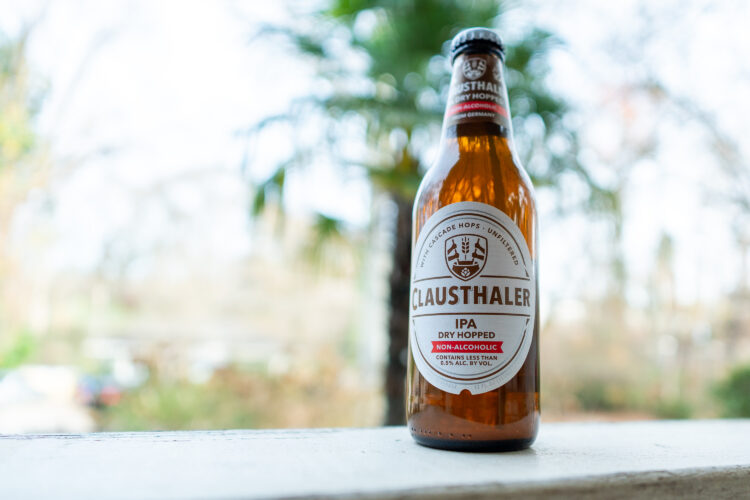
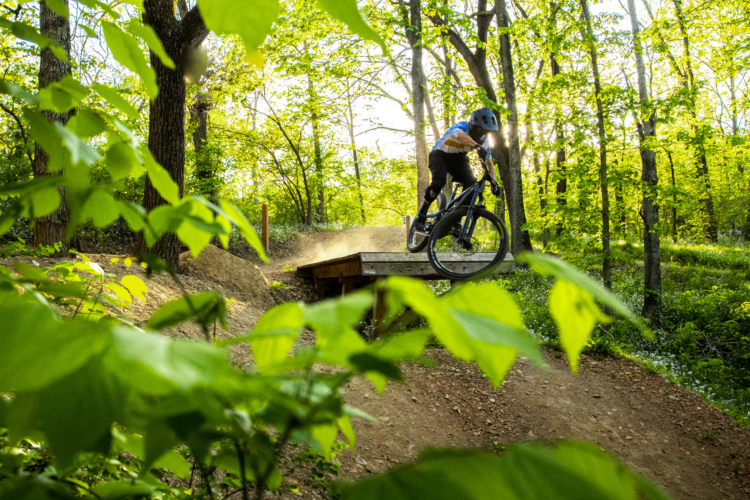

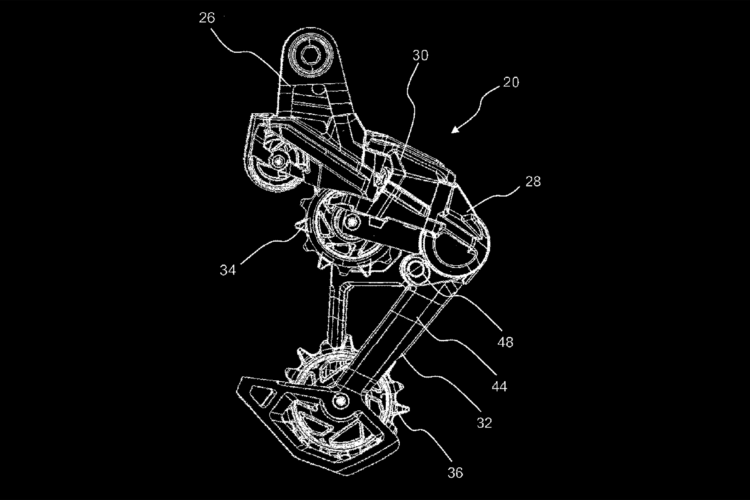
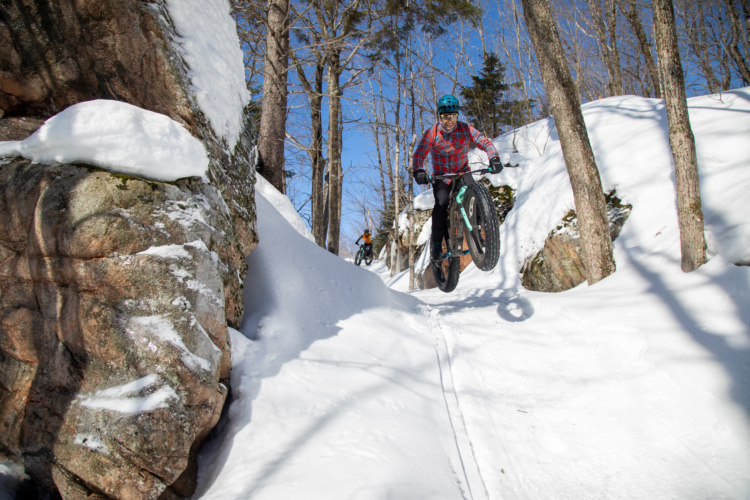

2 Comments
Feb 2, 2017
Feb 3, 2017